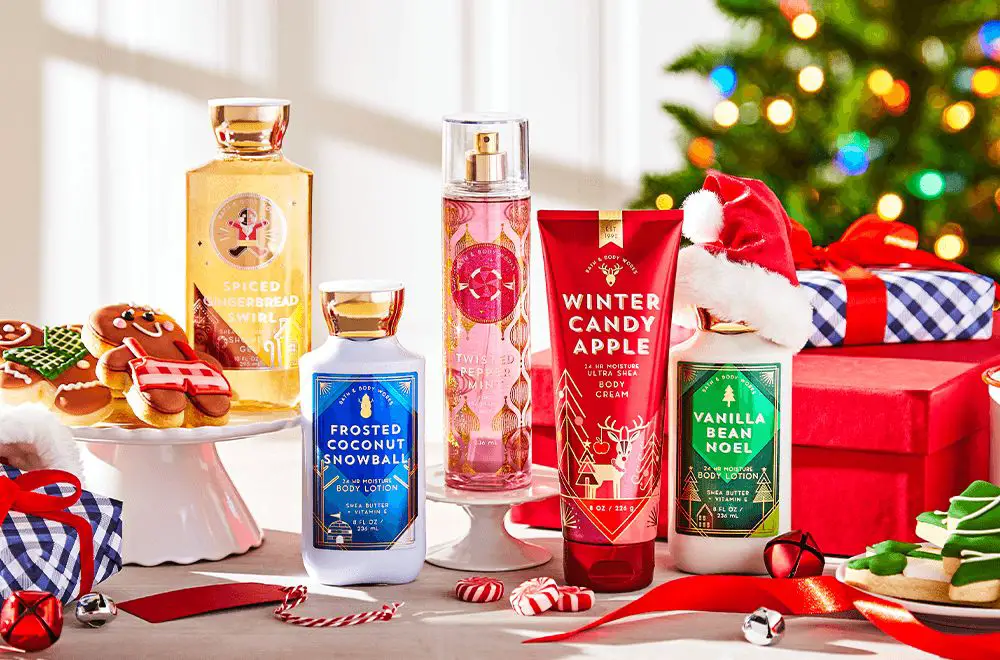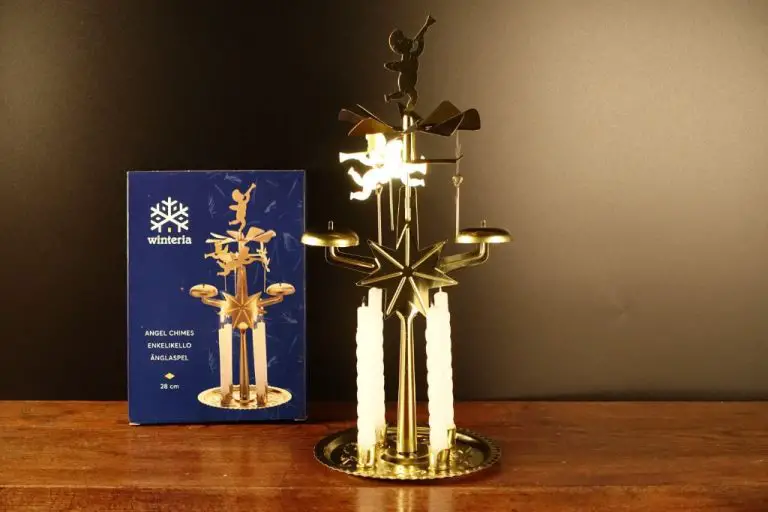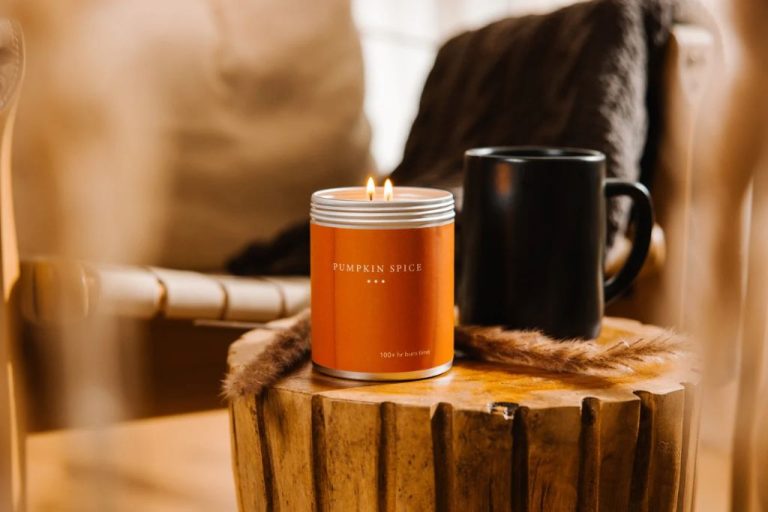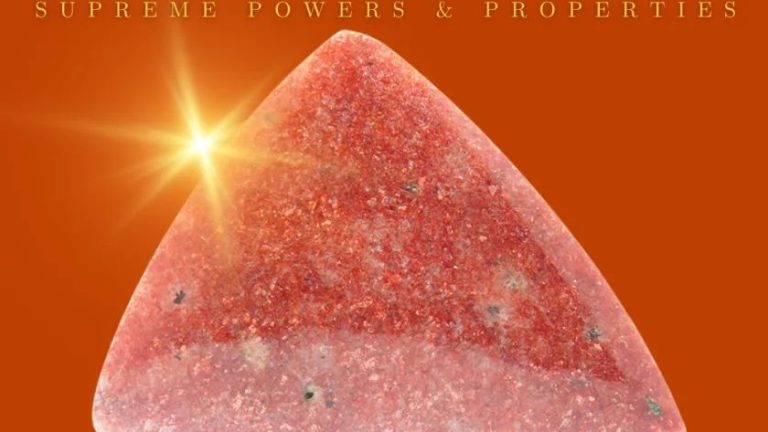What Is The Most Christmassy Scent?
This article will explore the most nostalgic and evocative scents associated with Christmas. The goal is to identify the smells that are quintessentially Christmas and stir up fond memories and emotions for the holiday season. We’ll examine the historical origins of popular Christmas scents like pine, cinnamon, cloves, peppermint, and more. Through this exploration, we’ll determine the most “Christmassy” scent according to tradition, popularity, and ability to spark Yuletide nostalgia.
History of Christmas Scent Traditions
The tradition of using certain scents like pine, cinnamon, and cloves during the Christmas season has its origins in Europe. Pine trees have been associated with winter solstice celebrations since pagan times, and the evergreen pine smell came to symbolize Christmas when the tree became a standard Christmas decoration (1). Cinnamon and other warming spices like nutmeg and cloves have been used culinarily in Europe since Medieval times. These spices were ingredients in culinary treats served during winter holidays, like gingerbread and mulled wine. The association stuck, and over centuries they became signature scents of Christmas across Europe (2). When European Christmas traditions spread to America, these scents traveled too and became standard holiday aromas. Today the smells of pine, cinnamon, cloves, and other wintry spices are recognized internationally as classic Christmas scents.
The Smell of a Real Christmas Tree
For many people, the smell of a fresh cut pine tree brings back nostalgic memories of Christmas past. Studies show there’s actually science behind why the scent of an evergreen tree is so evocative of the holiday season.
Research has found that nostalgic memories are encoded in the hippocampus portion of the brain alongside the smells associated with them. When you smell that pine scent years later, it triggers recall of those nostalgic moments (Scientific American, 2014).
Beyond nostalgia, surveys show people consistently rate the smell of a real Christmas tree as their favorite scent of the season. The fresh piney aroma likely reminds us of gathering with family around a decorated tree on Christmas morning (Morning Ag Clips, 2022). It’s this combination of nostalgia and tradition that makes a real tree the quintessential Christmas scent.
Cinnamon
Cinnamon is one of the most nostalgic scents associated with Christmas. Its spicy aroma evokes memories of the holidays through its prevalent use in seasonal baked goods and potpourri. According to an article on Histoires de Parfums, cinnamon has been used in celebrations for thousands of years, dating back to Ancient Egypt where it was burned in temples and tombs [1]. The scent carries connotations of warmth, comfort, and togetherness.
During the winter holidays, the smell of cinnamon permeates households from cinnamon-scented candles, room sprays, and Christmas cookies loaded with the spice. The nostalgia associated with cinnamon’s aroma connects strongly to the holidays and family traditions. An article by Inspirations Wholesale explains that cinnamon gained popularity for Christmas in Medieval times for its rarity, value, and association with exotic lands [2]. Its seductive scent evoked faraway places during a time of year focused inward, to hearth and home.
Scientifically, cinnamon contains the compound cinnamaldehyde, which activates parts of the brain connected to emotional processing and memory recall. As described in an article in The Conversation, cinnamon’s scent triggers nostalgic memories of Christmas and creates a warming, comforting effect [3]. Through associations built over generations, cinnamon has secured its place as one of the most quintessential scents of Christmas.
Cloves
Cloves have a strong association with Christmas traditions. Their warming spicy aroma evokes feelings of the holiday season. Cloves are commonly used in mulled wines, which are traditional Christmastime drinks in many cultures. The combination of red wine, oranges, cinnamon, cloves and other spices creates a quintessentially Christmasy scent and flavor profile. Cloves are also used in pomanders, which are oranges studded with cloves and other spices. Pomanders have a long history dating back to Medieval times, when they were used to scent indoor spaces and believed to have protective powers. The clove-studded orange pomander remains a classic Christmas decoration today, filling homes with nostalgic seasonal aroma (The Magical History of Pomanders). The scent of cloves together with orange is intensely evocative of Christmas.
Peppermint

Peppermint is one of the iconic flavors of Christmas. This association comes from the popularity of peppermint candy canes, which have a long history dating back to 1670 in Germany. According to folklore, a local choirmaster in Cologne was looking for a way to keep children quiet during long church services and came up with the idea of handing out white sticks of candy bent into the shape of a cane. He added mint flavoring, which provided a refreshing treat 1. The red stripes were added later as a symbol of the church and Christian faith.
Ever since, peppermint candy canes have been a Christmas staple. The minty sweet flavor brings back feelings of nostalgia and memories of childhood holidays. Peppermint is also popular in peppermint bark desserts, mixing the cool minty flavor with chocolate. The aroma of peppermint captures the festive Christmas spirit unlike any other wintery scent.
Vanilla
Vanilla is one of the most nostalgic and delicious scents associated with the holidays. The sweet, warm aroma of vanilla fills homes during the Christmas season thanks to its prevalent use in holiday baking and candy making. Vanilla’s scent comes from the bean pods of the vanilla orchid plant. Vanilla extract and vanilla beans are popular ingredients in Christmas cookies, cakes, pies, hot chocolate, and candy canes.
Vanilla’s sweet, comforting scent brings back memories of Christmas past. The aromas of grandma’s kitchen filled with the smells of vanilla cookies and cakes baking in the oven. Vanilla candle scents like Bath & Body Works’ famous Vanilla Bean Noel capture the nostalgia of Christmases long ago. There’s nothing quite like the scent of just-baked vanilla sugar cookies or snickerdoodles during the holidays.
So when it comes to quintessential Christmas scents, vanilla is sure to be high on the list thanks to its warm, nostalgic aroma that fills homes during the holiday season. Vanilla’s prevalence in Christmas baked goods and candies makes it one of the most “Christmassy” scents.
Pine Needle
The pine needle is one of the quintessential scents of Christmas. The fresh, crisp aroma of pine needles comes from trees like pine, fir, and spruce. Evergreen trees have been associated with winter festivals for thousands of years. According to History.com, ancient Egyptians and Romans used evergreens as part of their winter solstice celebrations. Evergreen boughs signified life’s victory over death (History of Christmas Trees – Symbolism, Traditions & Trivia).
Pine needles release aromatic compounds called terpenes into the air. These terpenes give Christmas trees their iconic fragrance. The scent of pine needles permeates potpourri, wreaths, garlands, and other Christmas decorations. The smell evokes the great outdoors and crisp winter air. It’s nostalgic, conjuring up memories of searching for and decorating the perfect Christmas tree. Pine needle potpourri and wreaths infuse homes with the essence of Christmas.
Orange
Oranges have long been associated with the Christmas season, especially when studded with cloves to make pomanders or added to potpourri and holiday baking. The signature scent of clove-studded oranges dates back to the 17th century in England, when freshly picked oranges from Southern Europe were considered a luxurious treat. Decorating oranges with cloves was both an elegant way to display the exotic fruit and a practical way to release the orange’s essential oils and lovely scent throughout the home (The Guardian, 2022).
The clove-studded orange pomander became especially symbolic during the Victorian era as a protection against illness, evil, and misfortune. Their spicy aroma was thought to ward off the diseases and dangers of winter. Oranges and cloves also represented the gifts of health, happiness, and friendship when given as Christmas gifts (Moroccan Elixir, 2021).
Today, the scent of orange mingled with cinnamon, cloves, and other baking spices evokes the warmth, nostalgia, and cheer of the Christmas season. Orange’s brightness balances the deeper notes of cinnamon and clove, creating a universally appealing and memorable holiday aroma.
Conclusion
When it comes to the most nostalgic and classically Christmassy scents, certain aromas stand out from the rest. The fresh pine smell of real Christmas trees tops the list as the scent most associated with Christmas, evoking cozy memories of decorating the tree and gathering with family. Cookies like gingerbread and sugar cookies are another iconic Christmas smell, as they fill homes with the delicious aroma of holiday baking. Cinnamon, cloves, peppermint, and vanilla are also essential Christmas scents, adding that signature warm, spicy, sweet fragrance to holiday meals and treats. Traditional Christmas drinks like hot chocolate and mulled cider rely on these festive spices and flavors as well. Though underrated, the smoky scent of a crackling fire completes the idyllic Christmas setting. In the end, the smells that spark our fondest Christmas recollections are those that transport us back to childhood and simpler times, like the welcoming aroma of Grandma’s kitchen or the crisp evergreen tang of a real Christmas tree.





